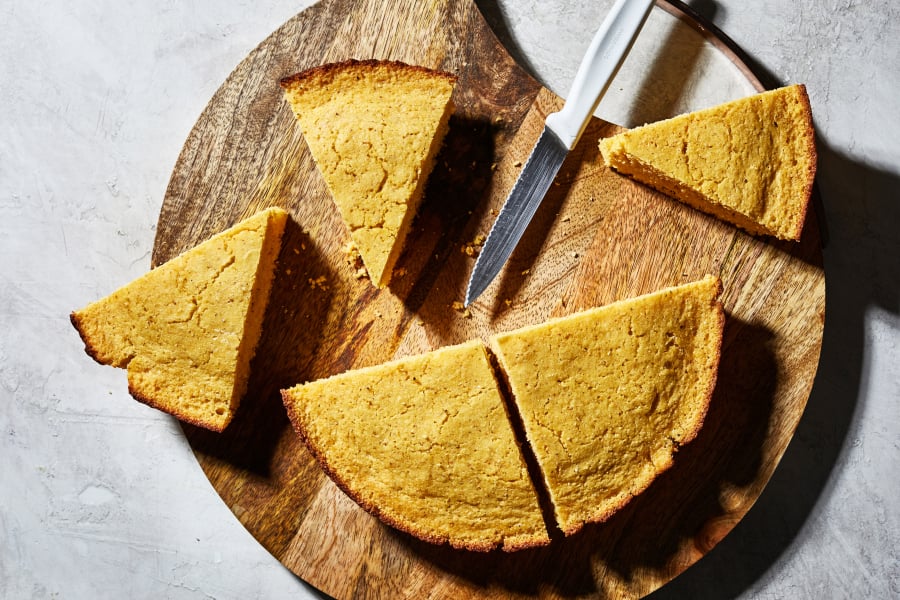Once, at a dinner party, a woman turned to me and said, “It’s a shame you don’t have a food heritage.”
The fellow guest, who had Hungarian roots, seemed to be dismissing my generations-deep American tradition as bland. I was too taken aback to reply, but I thought of how much I loved being called to dinner for my mother’s cornbread and beans. Half the appeal, I’ll admit, was the promise of the dessert that followed: Honey on warm, buttered cornbread.
If you and your kin have lived in the Americas long enough, your DNA is dusted with cornmeal, an ingredient with Mesoamerican, Native American and African roots. The yellow and white kernels have passed through the hands of indigenous and enslaved people, colonists, moonshiners and noted chefs who have populated a culinary family tree that’s anything but bland.
Researching “meal” quickly becomes a silo-deep dive rich in history and culture. Cornmeal and its many kitchen progeny — cornbread, mush (and fried mush), johnnycakes, spoon bread, spider bread, pudding — inspire strong allegiances and good-natured bickering over recipe origins.



